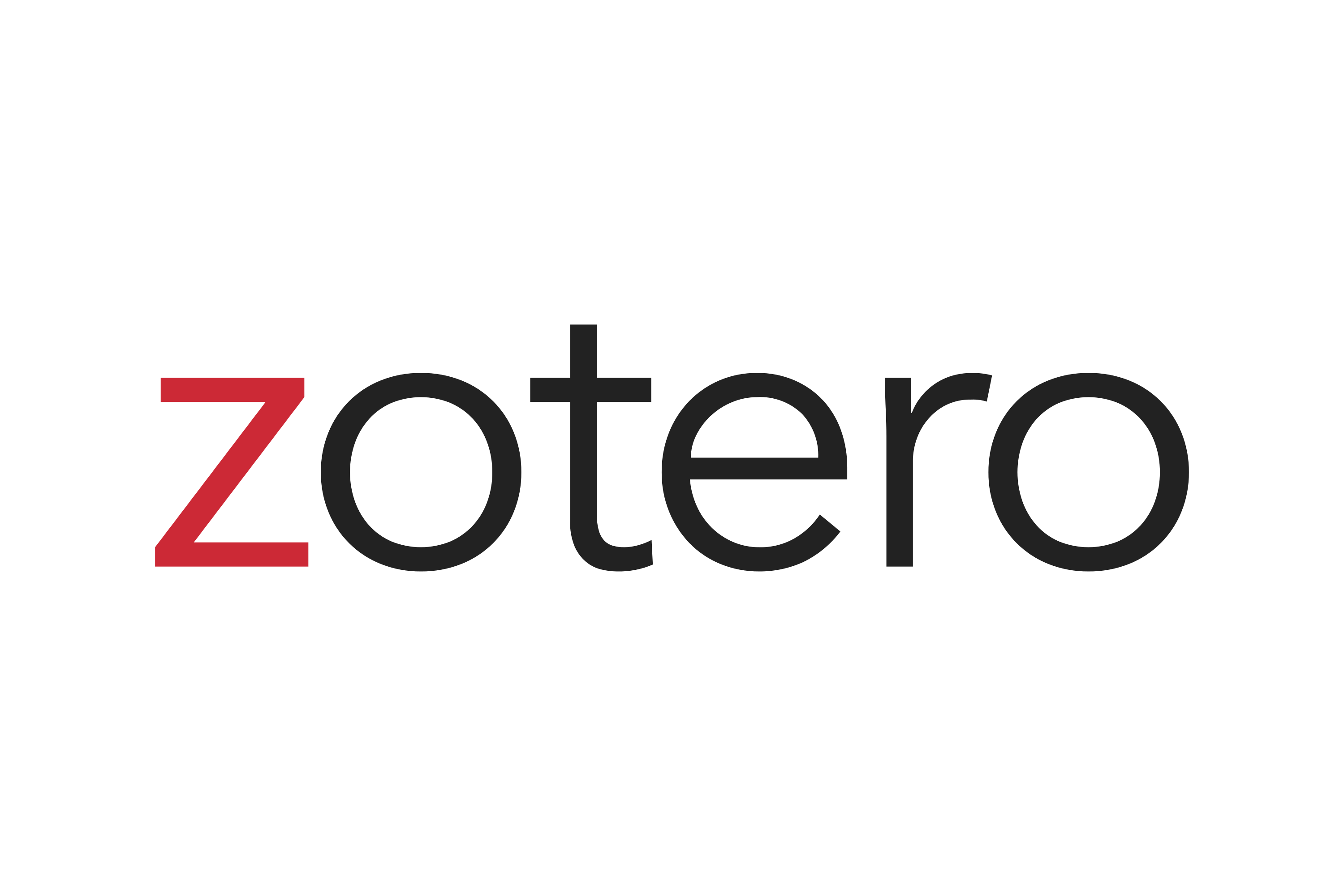Ethics and Morality on Social Media from a Hadith Perspective
(Hadith Analysis Study About Flexing)
DOI:
https://doi.org/10.32678/alfath.v17i2.10181Keywords:
Ethics, Flexing, ThematicAbstract
Ethics and morality on social media are something that must be paid attention to, where a phenomenon called flexing has become a topic of discussion because it is not really in line with the culture of ethics and morality. The results of this research are formulating hadiths related to flexing through primary sources of hadith books in a thematic pattern and the opinion of hadith scholars regarding these flexing hadiths is to tell us all to always be careful in doing anything, especially on social media nowadays, contextualizing this flexing hadith with ethical behavior and morality on today's social media, where some of its activists carry out acts of showing off luxury.
Downloads
References
Abadi, Abū al-Thayib Muḥammad Syamsul Haq al-‘Adzim, ‘Aunul Ma’bud, (Madinah:Maktabah as-Salafiyah, 1968)
Aḥmad , Abdullah ibn ‘Abd Muhsin at-Turki, Usul Mazhab al-Imām, (Riyad:Maktabah ar-Risyad al-Hadisah,1980 M/1400 H)
Ananda, “Flexing: Pengertian, Penyebab, Akibat, dan Cara Menghindarinya”, Gramedia.com,2022, https://www.gramedia.com/best-seller/flexing/.
Anggita, Vina, “Fenomena Flexing di Media Sosial, Kaya Beneran atau Boong-boongan?”, https://swa.co.id.html.
Ashari, Maḥmūd, “Crazy Rich,Flexing,dan Melunturnya Budaya Ketimuran”, Artikel DJKN, https://www.djkn.kemenkeu.go.id/14817.html.
Asqalaniy, Abū al-Fadl Aḥmad ibn ‘Aliy ibn Muḥammad ibn Aḥmad ibn Hajar al-, Tahzib al-Tahzib, (India:Da’irah al-Ma’arif al-Nizamiyah, 1995)
Asqalaniy, Abū al-Fadl Aḥmad ibn ‘Aliy ibn Muḥammad ibn Aḥmad ibn Hajar al-, Fathul Bari’, (Daar al-Ma’rifah)
Ayu, Monavia, “Flexing, Tukang Pamer di Media Sosial”, https://katadata.co.id/,
Bertens, K., Etika (Jakarta: Gramedia Pustaka Utama, 1993) Cetakan kesepuluh,
Bukhāriy, Abū ‘Abdillāh Muḥammad ibn Ismā‘īl ibn Ibrāhīm ibn al-Mugīraha Al-Ju‘fiy al-, Al-Jāmi‘ al-Musnad al-Ṣaḥīḥ al-Mukhtaṣar min Umūr Rasūlillah Ṣallā Allāh ‘alaih wasallam wa Sunanih wa Ayyāmih, Editor: Muḥammad Zuhair ibn Nāṣir al-Nāṣir, Cetakan pertama, (Beirut: Dār Ṭauq al-Najāt, 1422H)
Cahyono, A. S. Pengaruh Media Sosial Terhadap Perubahan Sosial Masyarakat di Indonesia. Publiciana, 9.140-157
Darmalaksana, Wahyudin, “Studi Flexing Dalam Pandangan Hadis Dengan Metode Tematik dan Analisi Etika Media Sosial”, Gunung Djati Conference Series, Vol. 8, 2022
Fikri, Kamalul, “Imām Al-Bukhārī,” Cet Pertama (Yogyakarta: Laksana, 2022).
Gunawan, M.I.Tri, "Jebakan Flexing Pamer Ibadah Di Media Sosial”, Blog-Latest News, https://fpscs.uii.ac.id/blog/2022/07/04.
Habibah, Syarifah, “Akhlak Dan Etika Dalam Islam,” Jurnal Pesona Dasar 1, no. 4 (2015).
Hardiman, F.Budi, Franz Magnis Suseno Sosok dan Pemikirannya (Jakarta: PT Kompas Media Nusantara, 2016),
Hastuti, Tri, “Riya’ Beragama Melalui Media Sosial”, Suara Aisyiyah (Maret 2021).
Karim, Abdul, “Kontribusi Teori Etika Al-ĠazālīUntuk Pendidikan Orang Dewasa,” el-Tarbawi 13, no. 2 (2020): 105–22, https://doi.org/10.20885/tarbawi.vol13.iss2.art1.
Khairunnisa, Nur, “Etika Komunikasi Di Media Sosial Prespektif Al-Qur’an”. (Skripsi, Program S1, UIN “Sumatera Utara,” Medan. 2021)
Khatib, Muḥammad ‘Ajjaj al-, Ushul al-Hadis: ‘Ilmuhu wa Musthalahuhu, (Damaskus: Dar al-Fikri, 1975),
Khayati, Nur, Jurnal Hasil Pemikiran et al., “Jurnal Sosialisasi Fenomena Flexing Di Media Sosial Sebagai Ajang Pengakuan Kelas Sosial Dengan Kajian Teori Fungsionalisme Struktural Jurnal Sosialisasi” 9 (2022).
Khoiri, Ilham, Kompas.id,”From Mekkah With Selfie”
Leli, Patimah, “Menanggulangi Dekadensi Moral Generasi Z Akibat Media Sosial Melalui Pendekatan Living Values Education (LVE),” PEMBELAJAR: Jurnal Ilmu Pendidikan, Keguruan, Dan Pembelajaran 5, no. 2 (2021): 150.
Lidwa Pustaka-i Aplication, Kitab Hadis 9 Imām
Lukman, “Moralitas Dalam Prespektif Fazlur Ar-Raĥmān”, (Skripsi, Program S1, UIN “Ar-Raniry” 2017)
Mahyuddin, “Sosial Climber dan Budaya Pamer: Paradoks Gaya Hidup Masyarakat Kontemporer”, Kajian Islam Interdisipliner, Vol. 2, 2017
Mufid, Mohammad, “Konsep Riya’ Menurut Al-Ġazālī,” 2018,.
Mustafa, Maḥmūd Aḥmad , “Dahsyatnya Ikhlas,” Cetakan Ke-2(Yogyakarta: Mutiara Media, 2009)
Nadhiran, Hendri, Perspektif Ali dan Mustofa Yaqub, “Kajian Ma ’anil Hadis Libas Asy-Syuhrah” 2, no. 1 (2021): 1–29.
NaisAbūriy, Muslim ibn al-Ḥajjāj Abū al-Ḥasan al-Qusyairiy al-, Al-Musnad al-Ṣaḥīḥ al-Mukhtaṣar binaql al-‘Adl ‘an al-‘Adl ilā Rasūlillah ṢallāAllāh ‘alaihwasallam, Editor : Muḥammad Fu’ād ‘Abd al-Bāqī, Cetakan pertama, (Beirut: Dār Iḥyā’ al-Turāṡ al-‘Arabiy, 1424H)
Nawawi, Abū Zakariya Yaḥyā bin Syarif bin Mara al-, al-Manhaj Syarh Sahih Muslim bin Hajjaj, (Beirut:Dar al-Kutub al-‘Alamiyah, 2008)
Nawawi, Muḥammad, Nashoihul 'Ibad, Terj. Abū Mujaddidul Mafa, Nashoihul Ibad, Cet 1 (Surabaya: GITAMEDIA PRESS, 1893), p.51
Nazir, M.,Metode Penelitian, (Jakarta:PT Ghalia Indonesia,2003)
Nugroho, Dalfin Ponco, “Etika bermedia sosial”, Artikel DJKN,
Nurasih, Wiji, “Islam dan Etika Bermedia Sosial Bagi Generasi Millenial,” Al-Misbah, Vol.16, No.1 (Januari-Juni,2020)
Orami, “Memahami arti Flexing serta penyebab dan Dampak Dari Perilaku Pamer Berlebihan”, 2022,
Renata, Nadya, “Representasi Hedonisme Dalam Media Sosial”, Skripsi, Universitas Semarang, Semarang, 2019
Rohamurhmuzy M, Islam Rahmatan Lil ‘Alamin, (Jakarta: Madina, 2017).
Septiani Aspita, “Pamer Harta”, https//osf.io/p4yn2/.
Setiawan, Ali Arif, “Moralitas Bermedia Sosial (Distorsi Etika Dalam Perspektif Halal Media : Standar Etika Komunikasi Publik),” AGUNA: Jurnal Ilmu Komunikasi 3, no. 1 (2022)
Shihab, M.Quraish, Tafsir Al-Misbah:Pesan, kesan,keserasian Al-Qur’an, Jakarta:Lentera Hati, 2002
Shihab, Muḥammad Quraish, Mukjizat Al-Qur’an:Ditinjau dari Aspek Kebahasaan, Isyarah Ilmiah, dan Pemberitaan Gaib, Cet.2 (Bandung: Mizan, 2007).
Sijistāniy, Abū Dāwud Sulaimān ibn al-Asy‘aṡ ibn Isḥāq ibn Basyīr ibn Syidād ibn ‘Amru al-Azdiy al-, Sunan Abī Dāwud, Editor: Syu‘aibal-Arna’ūṭ, Cetakan pertama, (Beirut: Dār al-Risālah al-‘Ālamiyah, 1430H)
Syaibāniy, Abū ‘Abdillāh Aḥmad ibn Muḥammad ibn Ḥanbal ibn Hilāl ibn al, Musnad al-Imām Aḥmad ibn Ḥanbal, Editor : Syu‘aib al-Arna’ūṭ et.al., Cetakan pertama, (Beirut: Mu’assasah al-Risālah, 1421H)
Zulfikar, Eko, “Interpretasi Makna Riya’ Dalam Al-Qur'an: Studi Kritis Perilaku Riya’ Dalam Kehidupan Sehari-hari,” Al-Bayan: Jurnal Studi Ilmu Al- Qur’an dan Tafsir 3, no. 2 (2019): 143–57, https://doi.org/10.15575/al-bayan.v3i2.3832.
https://news.detik.com/ “Jejak Kasus Indra Kenz Berujung Vonis 10 Tahun Penjara”
Downloads
Published
How to Cite
Issue
Section
License
Copyright (c) 2023 Muhammad Sowi Sowi, lalu

This work is licensed under a Creative Commons Attribution-ShareAlike 4.0 International License.
Copyright Notice

Al-Fath: http://jurnal.uinbanten.ac.id/ is licensed under a Creative Commons Attribution-ShareAlike 4.0 International License
An author who publishes in Al-Fath agrees to the following terms:
- Author retains the copyright and grants the journal the right of first publication of the work simultaneously licensed under the Creative Commons Attribution-ShareAlike 4.0 License that allows others to share the work with an acknowledgment of the work's authorship and initial publication in this journal
- Author is able to enter into separate, additional contractual arrangements for the non-exclusive distribution of the journal's published version of the work (e.g., post it to an institutional repository or publish it in a book) with the acknowledgment of its initial publication in this journal.
- Author is permitted and encouraged to post his/her work online (e.g., in institutional repositories or on their website) prior to and during the submission process, as it can lead to productive exchanges, as well as earlier and greater citation of the published work (See The Effect of Open Access).
Privacy Statement
The names and email addresses entered in this journal site will be used exclusively for the stated purposes of this journal and will not be made available for any other purpose or to any other party.









